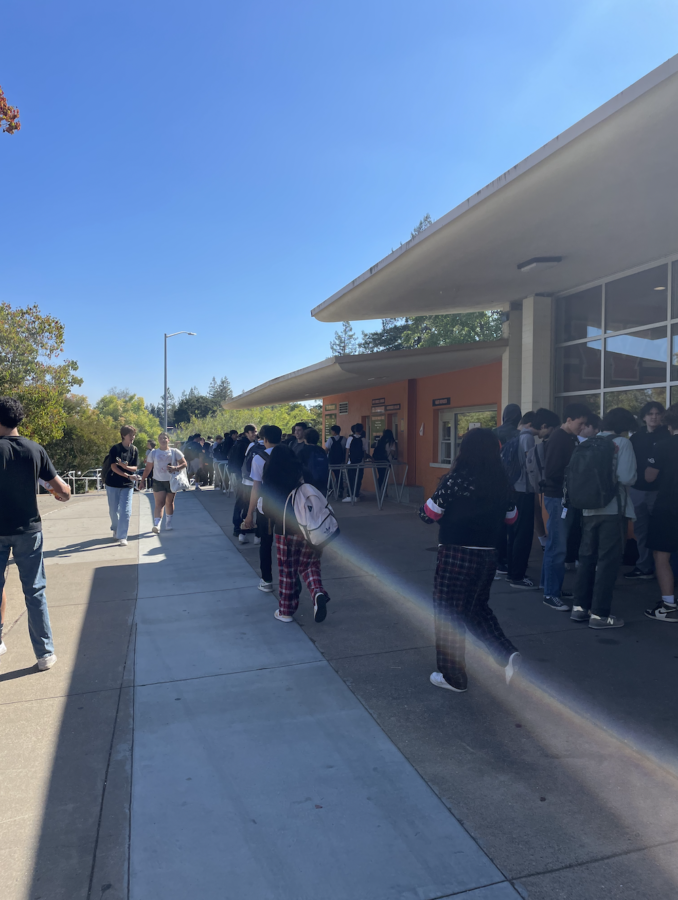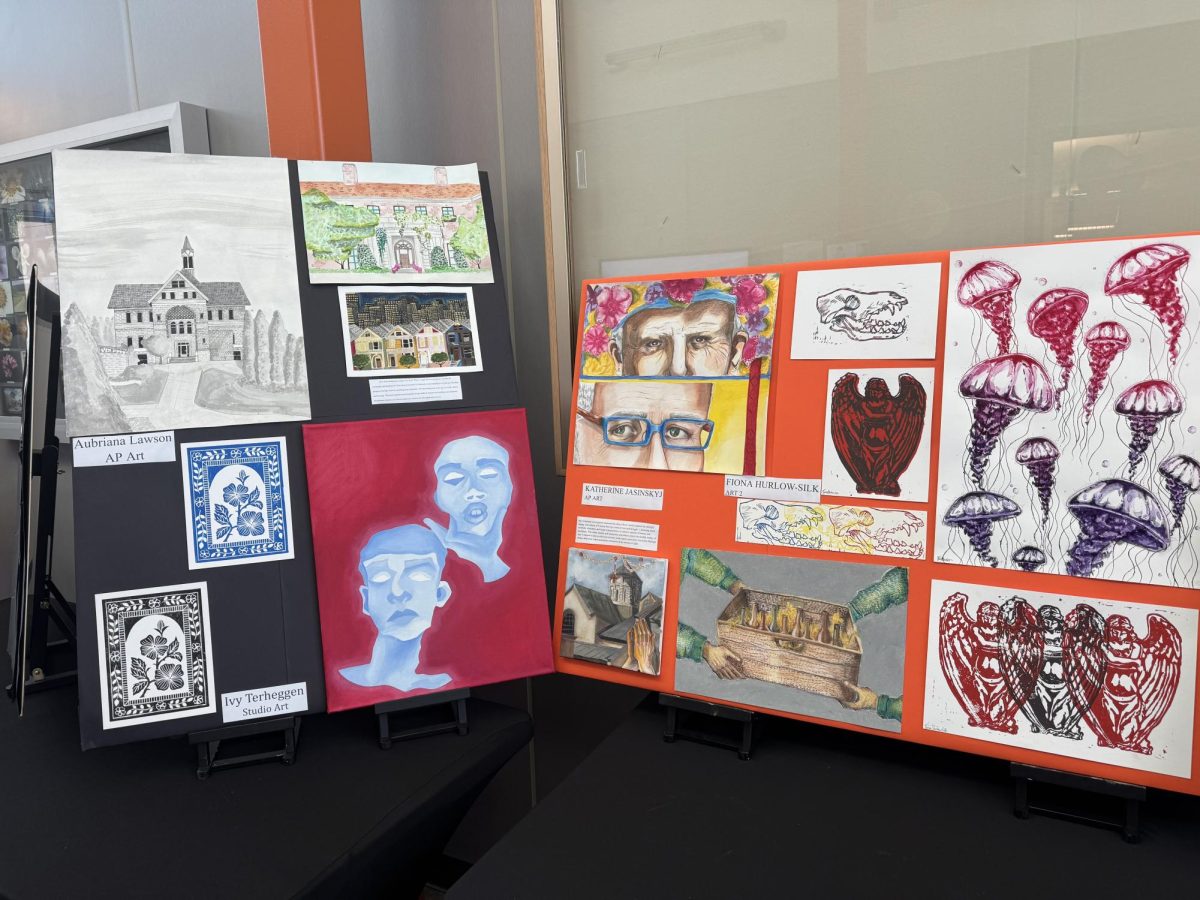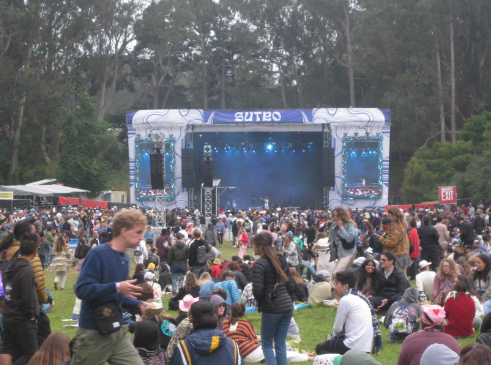With lines stretching out the door and prepackaged food containers littering the tables, the recent implementation of the PIN-ID system in the cafeteria has exacerbated the lines and wait times, or so students think.
This 2022-2023 school year marks the start of California’s new statewide Universal Meals Program that plans to provide more meals, specifically for low-income families. This legislature means that schools in the high poverty range or with 40 percent identifiable low-income students qualify for free meals reimbursed by the state. For Woodside, this entails the continuation of the free meals program for all students, which includes breakfast and lunch, that began last year. To account for the number of meals taken, Woodside’s cafeteria now requires students to show identification by scanning the barcode on their ID or typing their pin number before grabbing a meal.
“The federal government only reimburses 26 cents per meal,” Principal Karen Van Putten stated. “So then the state of California covers the rest and that the only way to have an equitable system is knowing…how many kids are taking advantage of it.”
While this system is new to many students, prior to COVID-19, the cafeteria had a PIN-ID system to keep track of meals. However, when returning back to campus, this system was put on hold as the district decided how best to approach the free meals program last year. Now as the familiarity of the cafeteria program has set in, students adjusting to the PIN-ID system are experiencing some difficulties.
“I feel like wow, does it help you cut down on like people double dipping?” sophomore Milo Pitera said. “I’m not really sure that that’s actually strictly necessary. I feel like [the pin-ID system] actually just slows down the line when people have to go enter their pin.”
Despite student opinions, Van Putten believes that the PIN-ID system doesn’t congest the line and instead suggests options for increasing efficient use.
“What I really like is that a good number of our students are actually using their IDs to scan,” Van Putten said. “It’s a touchless scan and a good number [of students] are using their phones [with the] barcode [that] they can scan [with]. As much as I [remind students in] the lunch line, don’t punch in [your PIN-ID and instead] use your [ID] card, kids just don’t want to pull out their [ID] card.”
Additional complaints to the PIN-ID system regard the difficulty in attaining second meals at breakfast or lunch, especially for those who need it.
“Some people really need second meals,” sophomore Isabella Terranova said. “We have a lot of athletes here and people get hungry because not everybody [is able to get three meals] every day. So the people who are getting second meals are making up for the people who didn’t [get food at the cafeteria] that day.”
For students who want a second meal, people can set up their online payment account. The school’s aim with this system is to create a touchless payment plan that records meals bought through the PIN-ID system.
“Every student has an account they may have to activate [that’s] called My School,” Van Putten said. “The link is on the website and so parents can upload [money], using their credit card or their debit card because it’s cashless—we’re not exchanging any cash for that.”
In addition to a touchless system, Van Putten hopes to decrease the amount of waste at the school by educating students on how to properly dispose of their lunches.
“I’m part of the sustainability group in the district and we are definitely cognizant of waste packaging and how things are presented,” Van Putten said. “I’m hoping to encourage our Woodside students to be mindful of trash. Not only do you get a free meal, but it’s common courtesy to take care of your trash. Use the recycling, use a compost, figure out what can be composted what goes in trash.”
With this free meals program, staff and students are grateful for this opportunity that helps them learn and grow at school.
“Whether you’re in kindergarten or a senior in high school, the state of California has moved to doing something that is just fulfilling a basic need,” Van Putten said. “Teenagers need to have food in their system for their brains to work.”












